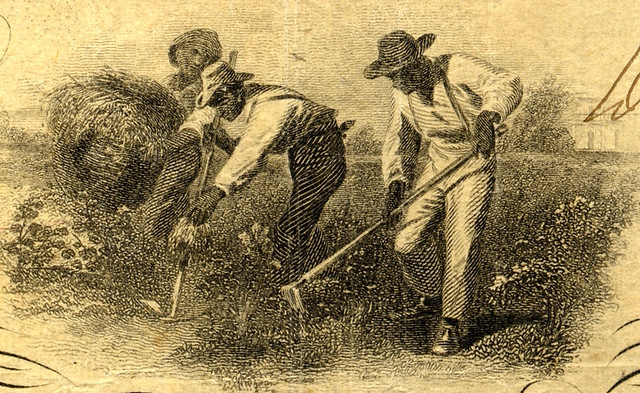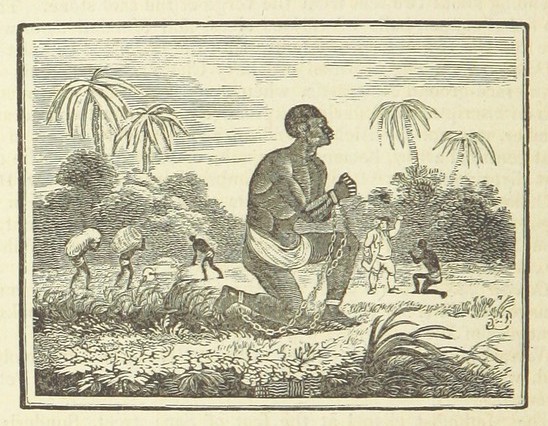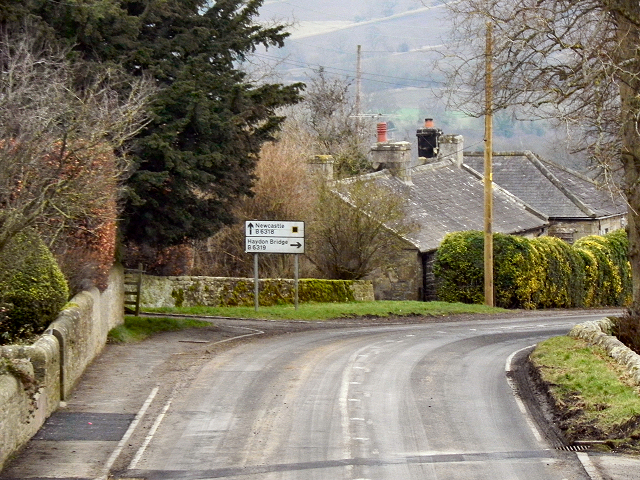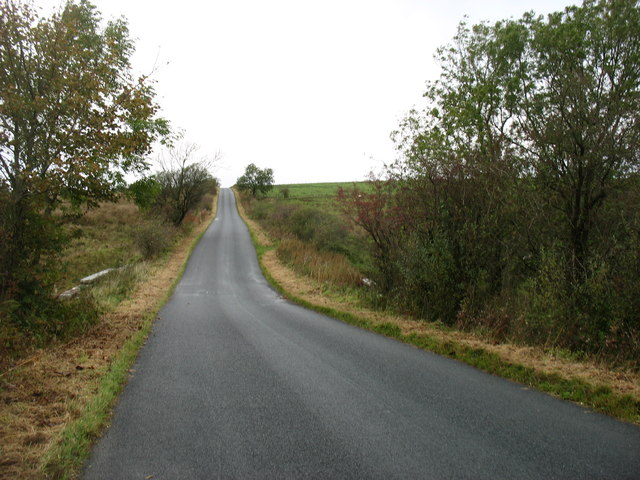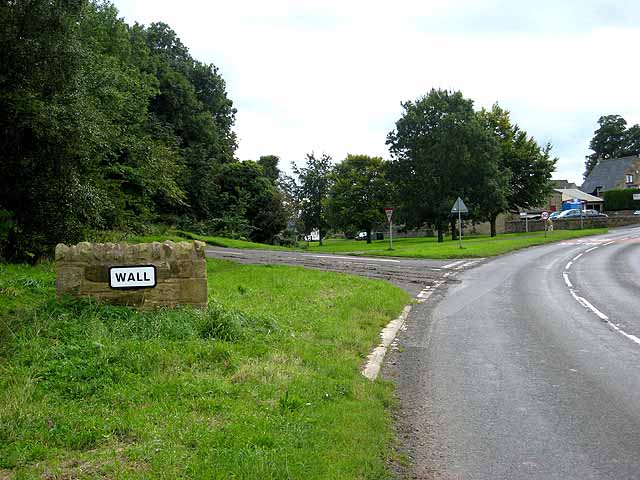13. institution_of_slavery_Confederate_100_Dollar_Note_with_slaves

-
Description
Ambrose Ranson Remembers Jefferson County, VA in the 1840s & 1850s by Jim Surkamp http://youtu.be/CpHKQDsy5P8" rel="noreferrer nofollow">youtu.be/CpHKQDsy5P8 TRT: 6:44 Ambrose Ranson Remembers Jefferson County, VA in the 1840s & 1850s by Jim Surkamp http://civilwarscholars.com/?p=11912" rel="noreferrer nofollow">civilwarscholars.com/?p=11912 1715 words Ambrose Ranson Remembers Jefferson County in the 1840s & 1850s (1) by Jim Surkamp by Jim Surkamp on March 1, 2014 in Civilian, Enslavement, Jefferson County, Pre 1858 Made possible with the community-minded support of American Public University System, providing an affordable, quality, online education. Views and interpreations of any posts and videos of civilwarscholars.com are meant to educate and encourage discussion and do not in any reflect modern-day policies of American Public University System. More at http://apus.edu" rel="noreferrer nofollow">apus.edu PTDC0285 1. from_one_of_six_essays This is taken from one of six essays written for Sewanee Review from 1913 to 1915 by Ambrose Robert Hite Ranson (1831-1919) about his growing up years living at his family home, Gap View, and his experiences during the Civil War as a Confederate officer. His observations are very informative about daily life pre-war amid unacceptable observations condoning the enslavement of other human beings. His account is still important in its rendering of daily work on a farm in the 1840s and 1850s in Jefferson County, Virginia, one of the most agricultural counties in the Virginias. These conditions were substantially different in the northern Shenandoah Valley when compared to the brutal monocultures in the deep South. Enslavement in Jefferson County, based on writings of those – white and black – who lived here then – was one of diverse work, the pervasive fear of being sold south, pockets of profound cruelty, and the tantalizing nearness of the option of escaping to freedom. REMINISCENCES OF THE CIVIL WAR BY A CONFEDERATE STAFF OFFICER Plantation Life in Virginia Before the War Part 1 John_Brown_daguerreotype_c1856 2. scene_of_the_John_Brown_raid Everybody knows that Harper’s Ferry was the scene of the John Brown raid in October, 1859, but there are things concerning the raid and Harper’s Ferry and its surroundings which are not known to everybody. arsenal1824 3. an_armory_and_arsenal In Harper’s Ferry there was an armory and arsenal belonging to the government. At the time of the raid large quantities of arms, 100,000 stand of rifles, had been made there and were stored in the arsenal for use when needed. The town was situated at the northeastern end of the great Valley of Virginia, at the junction of the Potomac and Shenandoah rivers. alluvium 4. was_a_great_lake It is supposed that this valley was, in the early days of the world, a great lake 120 miles long and fourteen to twenty miles wide, and that the pressure of waters had broken through the mountain barriers at Harper’s Ferry, draining the lake, and leaving a fertile valley, washed on the south side by the Shenandoah river and on the northeast by the Potomac. Whether or not the theory of the lake be true, certainly an alluvial deposit made the valley graincradle1-284x300 5. celebrated_for_its_fertility celebrated for its fertility, yielding to the farmer a rich return for his labor, and sustaining a large population, prosperous, comfortable, and happy. Shepherdstown_1852_Howell_Brown_Map 6. At_Shepherdstown James_Rumsey-1957.11.2 7. Rumsey_the_inventor experimentplan11 8. launched_his_boat At Shepherdstown, twelve miles above Harper’s Ferry, on the Potomac, the first boat was propelled by steam; in 1786 Rumsey, the inventor, launched his boat on the waters of the Potomac and attained a speed of four or five miles an hour against the current. Rumsey lived alone in a log cabin on the banks of the river, was silent and meditative, and was generally thought by his neighbors to be wrong in his head. PTDC0286 Courtesy Thomas A. McGrath. 9. Riverwalk There was a path known as Rumsey’s walk, along the cliff which overhangs the river, where Rumsey walked for hours daily, with his hands clasped behind his back, his head bent, evidently thinking out his invention. He was a very poor man, but at least, by the aid of a few friends, he launched his boat with the results above stated. Being told that England was the proper place for his efforts, by the further aid of friends, he went there, but poverty stuck to him and the boat he built at Liverpool was attached by creditors, and his efforts thus ended in failure. After many trials and sufferings some friends persuaded him to address a meeting of the citizens of Liverpool. So many were his disappointments that he did not suppose a dozen people would be present. What must have been his surprise when, on entering the stage, he beheld a sea of faces awaiting his words. He arose to address his audience of interested St. Margaret’s Chapel image002 10. died_without_uttering_a_word and admiring people packed to the doors, but the task was beyond him, he fell in a fit of apoplexy, and died without uttering a word. lower_Shenandoah_Valley_Today_Apple_map 11. northeasternmost_end_of_the_Valley The northeasternmost end of the Valley of Virginia, embracing the counties of Jefferson, Clarke, Frederick, and Berkeley (Jefferson and Berkeley being now part of West Virginia) was settled by families mainly from Eastern Virginia, attracted by gw_dancing 12. brought_with_them_manners the fertility of the soil. These people brought with them the manners, habits, and social customs of old. Virginia, including the institution of slavery. Up to the time of which I am writing (1859), I knew of no more refined, cultivated, and hospitable people anywhere, and I have had some knowledge of the people of this and foreign lands. Confederate_100_Dollar_Note_with_slaves 13. institution_of_slavery metal_collar 14. some_slaveowners_were_brutal They brought with them the institution of slavery, which, no matter what its faults may have been, gave to the people a phase of social life, an immunity from the drudgery of existence, a leisure for the cultivation of mind and manners, very favorable to the making of gentlemen and gentlewomen. People opposed to slavery did not believe this because they were simply ignorant of the subject. They said slavery was brutal, therefore slave-owners were brutal. Bad men are brutal often, and some slave-owners were brutal; but that they were brutal as a class, I deny. Ranson_Strother_Named 15. There was a great deal of affection between the whites and blacks which could have been only the result of kindness. Cruelty in our section was the exception and was universally-condemned. I remember one man in our neighborhood who was whipper.Strother_Aug__1855_p289 16. cruel_to_his_slaves cruel to his slaves. He was not a bad looking man, was always well dressed, and his manners were courtly in the extreme; but I have seen that man walk the streets of Charlestown on court days, when the streets were crowded, without having a friend to speak to him. References: Ranson, A. R. H. “Reminiscences of a Civil War Staff Officer By A Confederate Staff Officer, First Paper: Plantation Life in Virginia Before the War.” The Sewanee Review. Vol. 21, No. (4 Oct. 1913), pp. 428-447. Print. Ranson, A. R. H. “Reminiscences of a Civil War Staff Officer By A Confederate Staff Officer, First Paper: Plantation Life in Virginia Before the War.” The Sewanee Review. Internet Archives. archive.org 26 January 1997 Web. 20 January 2014. -
Owner
Jim Surkamp -
Source
Flickr (Flickr) -
License
What does this mean? Attribution-NonCommercial License
-
Further information
Link: https://www.flickr.com/photos/51504818@N06/12933305264/
Resource type: Image
Added by: Simon Cotterill
Last modified: 5 years, 6 months ago
Viewed: 491 times
Picture Taken: 2008-10-05T14:37:00 -
Co-Curate tags
